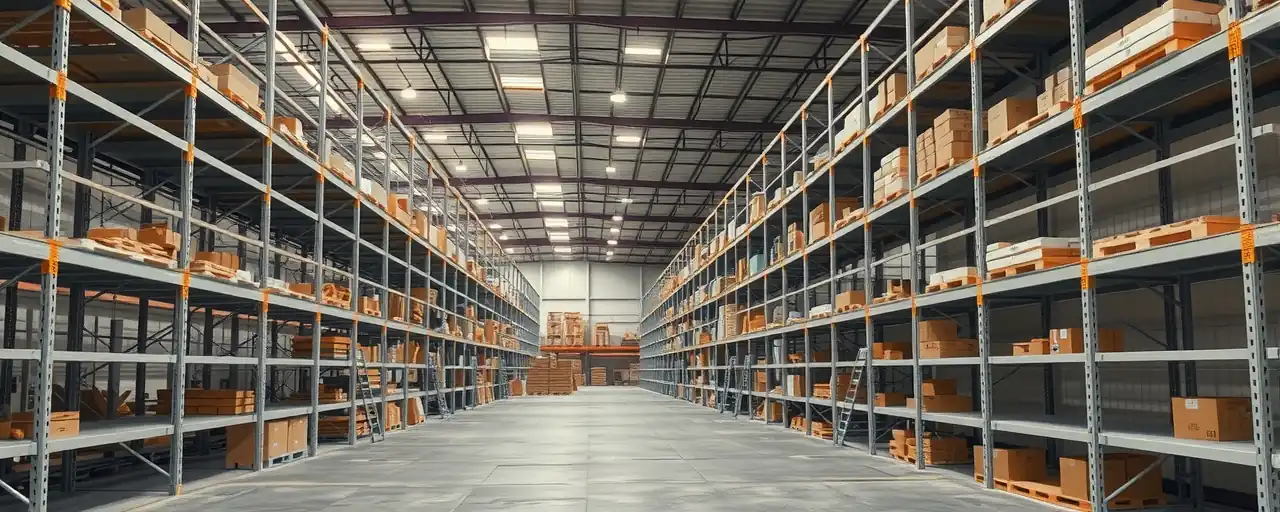A Bold Move in Global Trade
President Trump’s latest announcement has the world on edge. Speaking during a Middle East tour, he revealed that the United States will soon set tariff rates for numerous countries, a decision that could redefine global commerce. Treasury Secretary Scott Bessent and Commerce Secretary Howard Lutnick will notify nations of the import duties they’ll face, with Trump promising a process that’s fair yet resolute.
This move builds on a pattern. Since January 2025, the administration has pursued a deal-driven trade policy, using the International Emergency Economic Powers Act to impose a 10 percent tariff on all imports starting April 5. Now, with 150 countries reportedly in talks, the pace and scale of this plan signal ambition. The world awaits details, and the implications are vast.
How Tariffs Hit Wallets and Jobs
Tariffs raise the cost of imported goods, and their effects ripple through economies. Research suggests the latest U.S. measures will trim GDP growth by 0.7 percentage points in 2025, reduce long-term output by up to 6 percent, and lower wages by as much as 5 percent. For households, consumer prices could climb 1.7 percent, adding $2,800 to annual expenses. Clothing and shoes may cost 15 to 19 percent more, squeezing budgets.
Still, tariffs bring trade-offs. They’re expected to yield $2.1 trillion in federal revenue over a decade, though some estimates drop this to $1.4 trillion. Manufacturing might grow by 2.5 percent, adding jobs, but construction and agriculture could shrink by 3.1 and 1.1 percent, respectively. The result? A boost for some industries, but broader economic pressure for many.
A World of Closing Borders
Global trade reached $33 trillion in 2024, yet barriers are rising. The European Union now charges up to 45.3 percent on Chinese electric vehicles, Mexico taxes textiles at 35 percent, and Brazil and India have increased duties on polymers and edible oils. Over 3,000 restrictive trade measures exist worldwide, pushing companies to diversify supply chains. The United Nations warns that without cooperation, economic divides will deepen.
The U.S. approach, however, is distinctly unilateral. By declaring a trade emergency, it imposed tailored tariffs, peaking at 125 percent on Chinese goods before easing to 30 percent in May. Allies like the United Kingdom have won temporary exemptions, but the strategy raises concerns. Some nations may retaliate, risking a spiral of trade restrictions.
American Voices Weigh In
In the U.S., tariffs spark debate. Polls show 80 percent of Republican voters over 50 support higher duties to protect manufacturing and address trade imbalances, accepting higher costs for long-term gains. Conversely, economists and figures like Senator Bernie Sanders advocate for narrower tariffs, tied to policies like the CHIPS Act, to shield workers and key industries without widespread economic fallout.
The divide has real consequences. Low-income households, facing a $1,300 loss, bear a heavier burden from rising prices. Critics highlight risks to alliances and purchasing power, while supporters see a chance to level the playing field. Both perspectives underscore a shared truth: the policy’s success depends on careful implementation.
Lessons From the Past
Trade history offers context. In 2018, Trump’s first term brought 25 percent tariffs on steel and 10 percent on aluminum, followed by duties on $360 billion of Chinese goods. These steps disrupted markets but led to deals like the USMCA. The Smoot-Hawley Tariff Act of the 1930s, however, worsened the Great Depression, showing the dangers of unchecked escalation.
Today’s strategy, blending reciprocity with bilateral talks, mirrors past efforts but faces a more connected global economy. Recent pauses, like the May rollback with China, suggest pragmatism. Yet, history warns that trade disputes often reduce GDP and consumer welfare, a risk if negotiations stumble.
The Road Ahead
As Bessent and Lutnick prepare tariff notices, the world anticipates change. The U.S. aims to use economic leverage for geopolitical gains, but higher prices, job shifts, and potential retaliation pose challenges. Success hinges on securing deals that balance benefits across nations, avoiding a cycle of trade barriers.
For Americans, the impact will be direct. From costlier goods to shifts in local economies, tariffs will shape daily life. Policymakers must protect strategic interests while preserving economic stability. The coming weeks will reveal whether this approach delivers or disrupts.
Trade shapes more than economies; it affects livelihoods and security. As the U.S. pursues this path, the question remains: who will pay the price, and who will gain? The answers will define the future, and they’re closer than we think.
